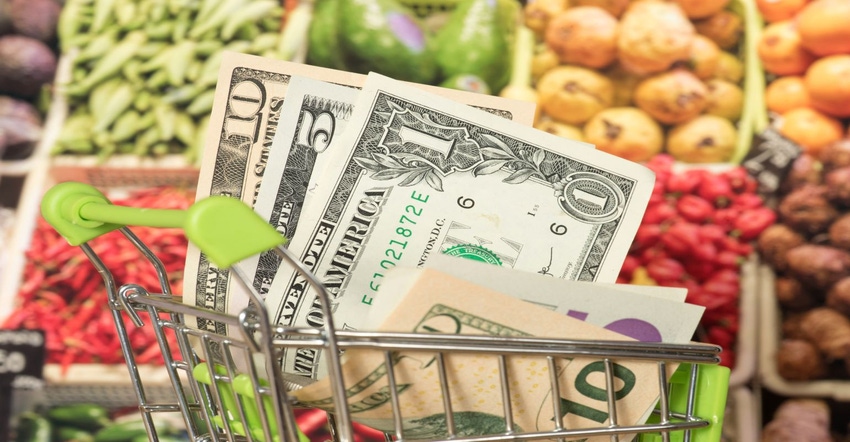
Concerns about the long-term challenges of food inflation have become a front and center topic of discussion. It is amazing how quickly our food system is changing and how it is impacted by external events. The following comments are some “food for thought” that I have picked up in my recent travels.
Fast facts
Food production and processing are highly concentrated and are very dependent on global trade. The ability to export is influenced by a variety of factors. For example, 85 percent of U.S. milk is produced on dairy farms with greater than one thousand cows compared to 45 percent of production on similar sized operations 20 years ago. The “greening” of the European Union and the New Zealand dairy industries has limited milk supplies despite Europe dropping its production quotas. This is an example of how consumer preferences and government policies can alter the financial health of an industry.
As another example, with COVID-19 rampant in China, Dr. Zhang Wenhong (the Chinese equivalent of Dr. Fauci) recommended that the Chinese people drink more milk to avoid COVID-19 and its symptoms. The result was that China’s domestic demand rose the equivalent of 80 percent of the global dairy increase in milk production. The result was record high prices for U.S. producers, with China being a large importer of dairy products.
Hogs, Soybeans & Poultry
One of the components for an economically strong grain industry is the economic strength of the livestock sector, followed by demand and export markets. One in four hogs harvested in the U.S. is exported, or about one million hogs per day. Approximately one half of the soybeans produced in the U.S. are exported and poultry exports are gaining momentum.
With a more concentrated agriculture industry, a potential disease outbreak can be a major disruptor at any time.
The battle between food and energy can create structural shifts and elevated inflation at any time for an extended period of time.
The entire industry could be impacted by potential black swan events in animal protein. Changes in consumer buying habits, such as growing food at home, is big in Asia and the European Union but has leveled off here in the United States.
Spending on pet food and e-commerce can create market commotion.
Will China's younger generation, those between 20 and 35 years of age, continue to place an emphasis on moving towards cellular agriculture? This could be a major disruptor in the food system.
How would a grid or cellular attack affect our concentrated agriculture industry? Of course, this is a risk that can occur anytime with any industry.
As a final thought, cellular meals would require 4,000 new factories at $500 million each for a total of $2 trillion to only replace 10 percent of the world's meat production. Wow! This would require a lot of venture capital and coordination.
These are just a few of the interesting insights that I picked up on the road.
Source: David Kohl, who is solely responsible for the information provided and is wholly owned by the source. Informa Business Media and all its subsidiaries are not responsible for any of the content contained in this information asset.
About the Author(s)
You May Also Like






